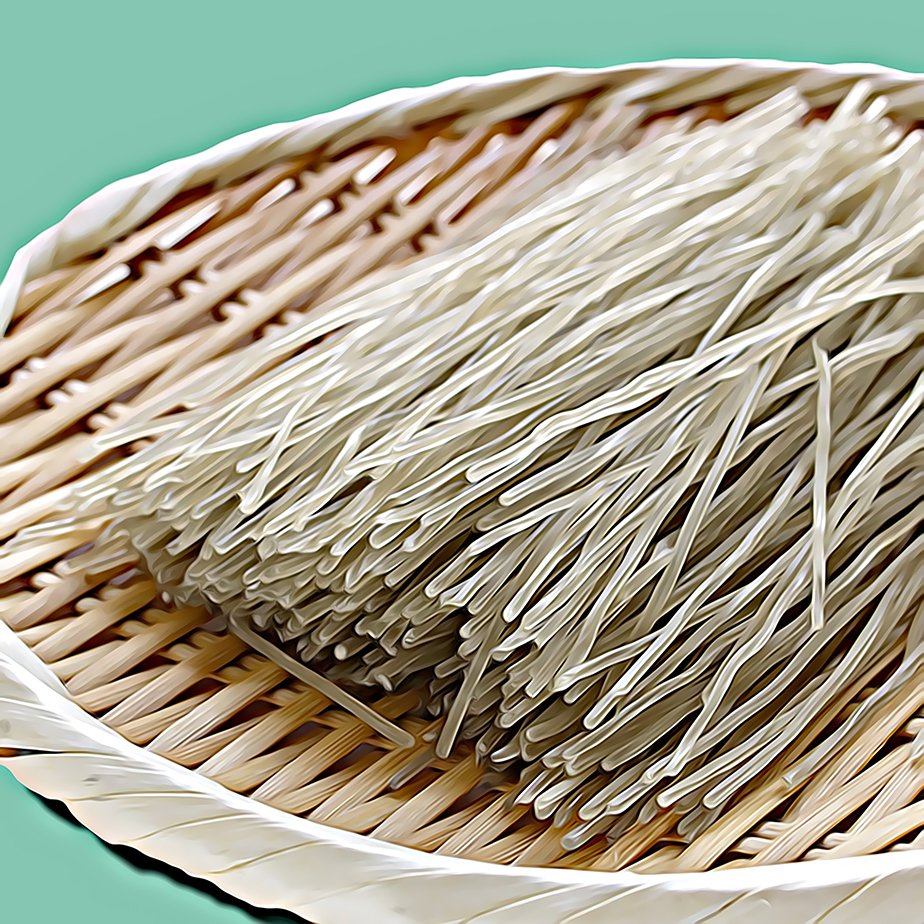Peanut butter
Ooooh, peanut butter. What would sandwiches and toast be without it? Apparently, even the Aztecs ate a version of mashed-up roasted peanuts but the product we know today wasn't created until the late nineteenth century. A handful of folk lay claim to its development, not least of all Dr J. H. Kellogg of the famed cereal empire. Back in 1895 the good doctor made his nut butter using raw peanuts and marketed the paste as a protein substitute to people who’d lost their teeth. Let that fact haunt your PB&J sandwiches. Roasting the peanuts came later in the piece and thank goodness for that because… raw peanut butter? Claggy. The process of adding hydrogenated oil to prevent separation of the solids and the oil was introduced in1922 – before this, you needed to vigorously stir before you could spread. Tedious.
America is only the world’s third-largest producer of peanuts after China and India, but it’s definitely the largest consumer of peanut butter. Over 300 million kilos of the stuff is eaten there each year, with the average child downing 1500 peanut butter sandwiches before graduating high school. According to the American National Peanut Butter website, every year Americans eat enough peanut butter to coat the floor of the Grand Canyon.We’re not sure how thick, but still. That’s a LOT of PB.
While peanut butter, including more natural options that are organic or free of additives, is widely available, it’s also a cinch to make your own. Homemade peanut butter won’t have quite the same silky smooth texture as the industrially made stuff, but it’s delicious all the same.
Did you know that peanuts are not in fact nuts? They’re technically a legume that grows underground, hence their other name of ‘ground nut’. Peanuts are used in many cuisines around the world – China, India, Africa and South America, for starters. They’re native to South America and were introduced to many other parts of the globe through Spanish and Portuguese exploration and trade, ending up in North America thanks to the transatlantic slave trade. Apparently WW2 popularised peanut butter globally, as the American servicemen took it in their rations.
Homemade peanut butter
Roast as many whole blanched peanuts as you fancy in a 180°C oven for 15 minutes, stirring often, or until deep golden. Cool. Process with 2 tbsp of peanut oil for each cup of peanuts until a smooth (or chunky) paste forms, adding more oil if you want to adjust the texture. Add salt to taste and a little honey or sugar, if you want it slightly sweet. Store in a cool, dark place where it should keep for a few weeks.
Peanut, soy and honey marinade
Combine ¼ cup crunchy peanut butter, 3 cloves crushed garlic, 1 tbsp sesame oil, 2 tbsp honey, 1 tbsp dark soy and ½ cup orange juice in a bowl and whisk to combine well. Add 1 kg lamb or pork leg steaks, turn to coat then refrigerate for 3 hours or overnight. Drain well then BBQ or grill, brushing with reserved marinade.
Spicy peanut noodles
Whisk together ½ cup smooth peanut butter, 2 ½ tbsp each light soy, peanut oil and rice vinegar, 1 ½ tbsp each sugar and Sichuan chilli bean paste and ⅓ cup boiling water, until smooth. Toss with 400 g cold, cooked egg noodles, plenty of cooked shredded chicken, coriander sprigs, sliced green onions and bean sprouts. Serve scattered with ground toasted Sichuan peppercorns and chopped peanuts.






